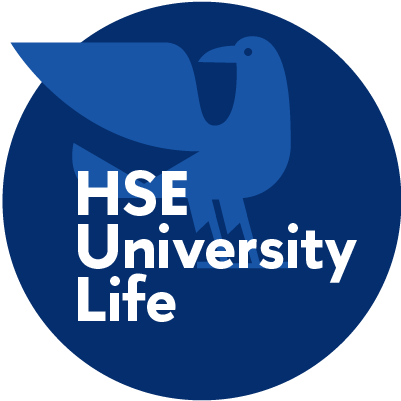- A
- A
- A
- ABC
- ABC
- ABC
- А
- А
- А
- А
- А
What You Can Patent and How
© iStock
Every day, tech-related departments and laboratories at HSE University conduct research that may lead to the development of new technology—and it is important that these developments are protected. HSE News Service spoke with the Legal Support Office about the purpose and benefits of obtaining a patent. Read on to learn the answers to developers’ most common questions about patenting.
Why are patents necessary?
A patent is needed in order to prevent the unauthorized use of a technology by others, as well as to provide other individuals or parties the right to use the technology for a fee.
What can be patented?
Inventions
A technical solution in any area related to a product (in particular, a device, a substance, a strain of a microorganism, a cell culture of plants or animals) or a method (the process of performing actions on a material object using material means)
Utility model
A technical solution related to the device
Industrial model
An artistic and design solution of a product of industrial or handicraft production, which determines its appearance
How can I apply for a patent at HSE?
The Legal Support Unit for Academic Affairs and Intellectual Property (LSAAIP, a unit of the Legal Support Office) is engaged with the registration of intellectual property that is developed at the University.
Developers, managers, or heads of the structural units where the new technology or model was developed can apply for the registration of the results of intellectual activity (RIA) in their MyHSE Services Account by selecting the option of ‘Registration of RIA’ offered by the Legal Support Office.
.
What procedures are required to obtain a patent?
After you complete the RIA registration application and the application has passed a preliminary check for accuracy, the LSAAIP will begin the process of registering the product or RIA. For inventions, utility models, computer programmes, databases, trademarks, and industrial designs, application materials are prepared and submitted to Rospatent. You can learn more about the stages of registration of intellectual property created at HSE University (in Russian) here.
Who will own the rights for the intellectual property developed at the university?
There are two main types of intellectual rights an employee gains when creating a result of intellectual activity (RIA): exclusive rights (property) and copyrights (personal non-property).
According to HSE regulations, the right to intellectual property created by employees belongs to the employees. There are exceptions to this rule, which are established by the HSE Regulations on Intellectual Property. The right of authorship and the accompanying personal non-property rights always remain with the employee; they are inalienable.
.
What does the developer get in the event of the product’s commercialization?
HSE provides two options for paying remuneration in the field of intellectual property: a one-time incentive payment and a share in income.
The one-time payment is issued for the development itself and the disclosure of the created result to the University. The payment amount depends on the type of intellectual property: for example, you can receive 10,000 rubles for a computer programme, and 40,000 rubles for an international invention that is patented abroad. The payment conditions are described in HSE’s Regulations on Financial Incentives under the Intellectual Property Rights Policy.
If the development was commercialized, then the author is entitled to a 25% share of the income the University earns on the product. Another 25% is paid to the developer’s structural unit.
What are the most interesting patents HSE has received lately?
As a student of the Master’s programme in ‘Prototyping Future Cities’, HSE alumna Anna Budnikova conducted groundbreaking research with mycokarst, a self-repairing material made from mushroom spores. The invention relates to the field of geomorphology and can be used to strengthen the walls of karst sinkholes and—for a long period of time, when the cavity of the karst sinkhole is completely filled with mineral mushroom rock—to eliminate karst sinkholes. This biomaterial is a good solution for cities that suffer from annual sinkholes.
‘There is some work being carried out with self-repairing concrete using bacteria, and work with fungal spores are only being done in China. I realized that karst is similar to the composition that supports these microorganisms. Spores precipitate calcium, and the structure of the material gradually heals itself,’ Anna said in an interview with HSE News Service.
Another patent was obtained by Nadejda Trubochkina, Professor of the MIEM School of Computer Engineering, for her innovative work with bistable memory cells based on a single-layer nanostructure. The study involved semiconductor microelectronics and nanoelectronics and can be used to create integrated memory circuits with nanometer-sized elements.
The essence of Trubochkina’s development lies in the fact that a bistable memory cell created with a biosimilar mathematical model based on a single-layer nanostructure has horizontally oriented layers and contains a dielectric substrate on which functionally integrated first and second logic transistors and first and second load diodes are placed. The structure, which is nanosized, has a low power.
The development allows for the reduction of power consumption while increasing the speed by reducing the parasitic capacitances of working transitions.

